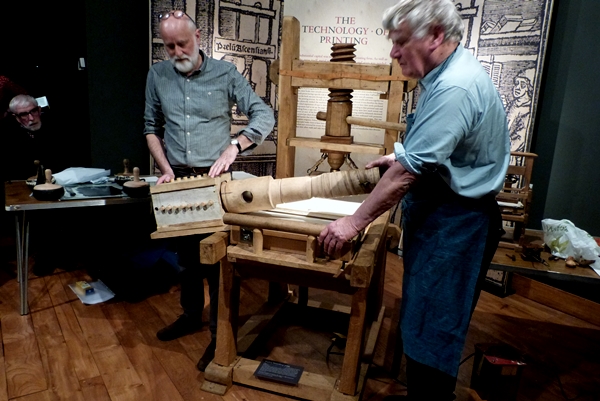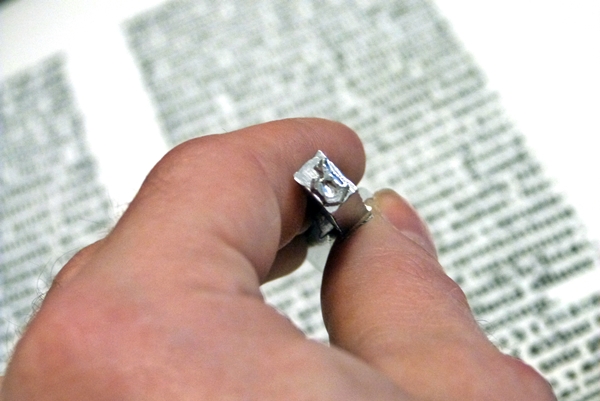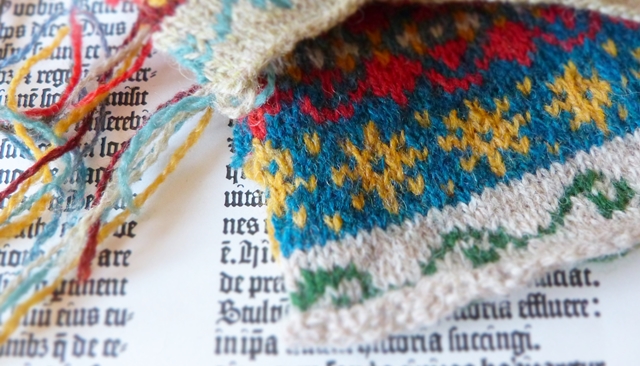
A week ago I launched This Thing of Paper. 25 hours later my project had met its target of £9,700. I sat in a state of shock as the total climbed - this was not what I had planned! It was supposed to take much longer! My head was spinning and I was lost for words. The craft community had rallied around my project in a most kind and loving way. Thank you so, so much.
I'll post an updated budget this Wednesday, so you can see how I'm balancing the budget. The blog tour also continues. Naomi and Meg blogged last week. Natalie posted today. You can also hear an interview with me on the Yarn in the City podcast.
So what now?
Many people have asked if I am going to implement stretch goals (a target beyond the initial funding goal). Well, yes and no.
In light of the response to This Thing of Paper, I have had to adjust my budget: the print run will be larger and some things will be a bit more complex - most of the extra funds already raised will be put towards the making and distribution of my book less complicated. It is perhaps not the sexiest response you will have ever seen to a crowd-funding effort, but I believe it is a very practical and sensible one.
... but here is the Thing.
While I am not going to add any extra content to This Thing of Paper (it is a complete work as it stands), there are still things that would be really awesome.
- Getting certain images licensed
- Sample knitters to make the garments in two sizes for trunk shows & festivals
- Improving the quality of the paper used in the book
- Shooting photos on location (I've been researching options this past weekend)
So, with all that in mind, I have been pondering what would be an awesome extra treat for everybody. I want something I can give back to the community, so I have settled on something I think could be very special: a book launch party for This Thing of Paper with a periscope stream for those not able to join us. Let's make this happen, folks.
Let's decide to have a book launch party at £15,500.
If we reach £16,500 we can even do two book launches - one in Scotland* and one in London!
If we reach the magical £15,500 number, I'll be adding book launch party invites to reward levels at £30 and beyond. If we reach £16,500, those invites will be valid for a London party too.
Imagine that - a party with cake where everybody expects you to knit and read! I do like the sound of that - and it means that we can join together and celebrate what we have accomplished as a community.
Because I would not be doing all this if it were not for your help and support. That's the truth.
*ETA: In Scotland, this party would take place in the Central Belt - either Glasgow or Edinburgh. I have three potential venues, all within easy reach of public transport.

On a Personal Note
The success of This Thing of Paper has felt incredible. I was shell-shocked for most of Monday and Tuesday last week.
At school, I was bullied quite badly for being a bookish, arty, and geeky kid. That was a long time ago, but these sort of scars never seem to fade. I have spent most of my life trying to hide away all those things the playground targeted. It is only within the last decade that I have learned to accept myself. It's okay to be different and I can not be anybody but me.
So, having so many people support my bookish, arty, and geeky product feels very significant and even had me in tears.
Many people have also been in touch to urge me to be kinder to myself. I'm not going to lie: knowing that bills will be covered until April 2017 is a massive weight off my shoulders. That is a kindness in itself. Being able to pay others to do some of the work I usually do myself is also an utter pleasure.
As I am writing this, I am still not quite sure of what has happened but I know this: I am so thankful that life has led me to knitting and the wonderful community. Thank you. Thank you.


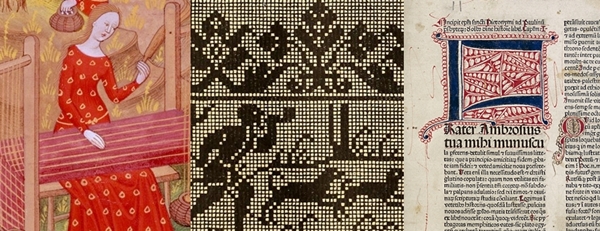

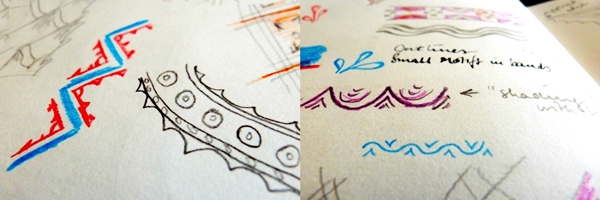
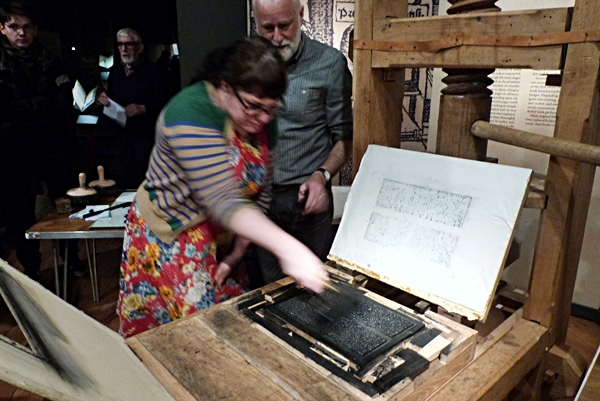 Glasgow Hunterian Museum is currently hosting an exhibition on pre-1500 printed books, known as
Glasgow Hunterian Museum is currently hosting an exhibition on pre-1500 printed books, known as 